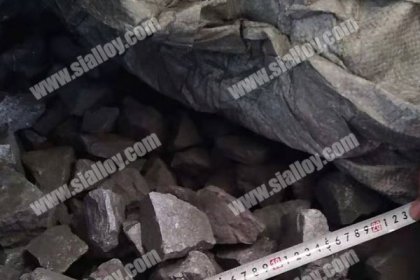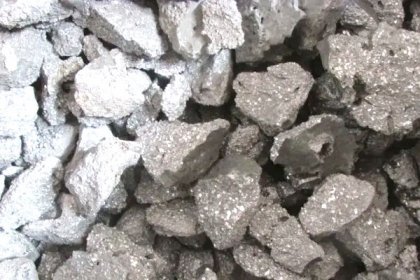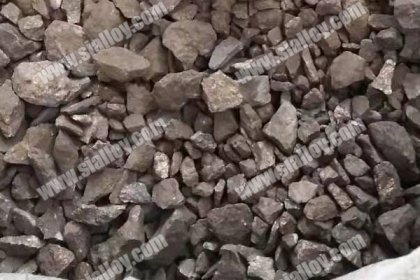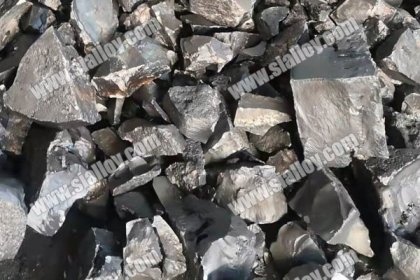Silicon carbide producing technology
Silicon carbide (SiC) is an important abrasive because of its great hardness, but its application range exceeds that of ordinary abrasives. For example, its high temperature resistance and thermal conductivity make it one of the preferred kiln furniture materials for tunnel kiln or shuttle kiln, and its electrical conductivity makes it an important electric heating element.
To prepare SiC products, we must first prepare SiC smelting blocks [or SiC pellets, which contain C and are super hard, so SiC pellets were once called: silicon carbide. But beware: it is different from natural emery (also known as: garnet). In industrial production, SiC smelting blocks usually use quartz, petroleum coke, etc. as raw materials, auxiliary recycled materials, and spent materials. After grinding and other processes, they are formulated into furnaces with reasonable proportions and appropriate particle sizes. Wood chips, the green silicon carbide is prepared by adding an appropriate amount of salt) prepared at high temperature.
The thermal equipment for preparing SiC smelting blocks at high temperature is a special silicon carbide electric furnace. Its structure consists of the furnace bottom, end walls with electrodes inlaid on the inside, removable side walls, and the furnace core (full name: the electric heating center of the furnace, generally The graphite powder or petroleum coke is installed in the center of the charge according to a certain shape and size, which is generally circular or rectangular. Its two ends are connected to the electrode). The firing method used in the electric furnace is commonly known as: buried powder firing. As soon as it is energized, the heating starts. The temperature of the furnace core is about 2500 ° C or even higher (2600-2700 ° C). When the charge reaches 1450 ° C, SiC is synthesized (but SiC is mainly formed at ≥1800 ° C) and co is released.
However, SiC will decompose at ≥ 2600 ° C, but the decomposed si will form SiC with C in the charge. Each group of electric furnaces is equipped with a set of transformers, but only supplies a single electric furnace during production in order to adjust the voltage according to the characteristics of the electric load to maintain a constant power. The high-power electric furnace is heated for about 24 hours. After a period of cooling, the side walls can be removed, and then the charge is gradually removed.
![]()
 中文
中文




